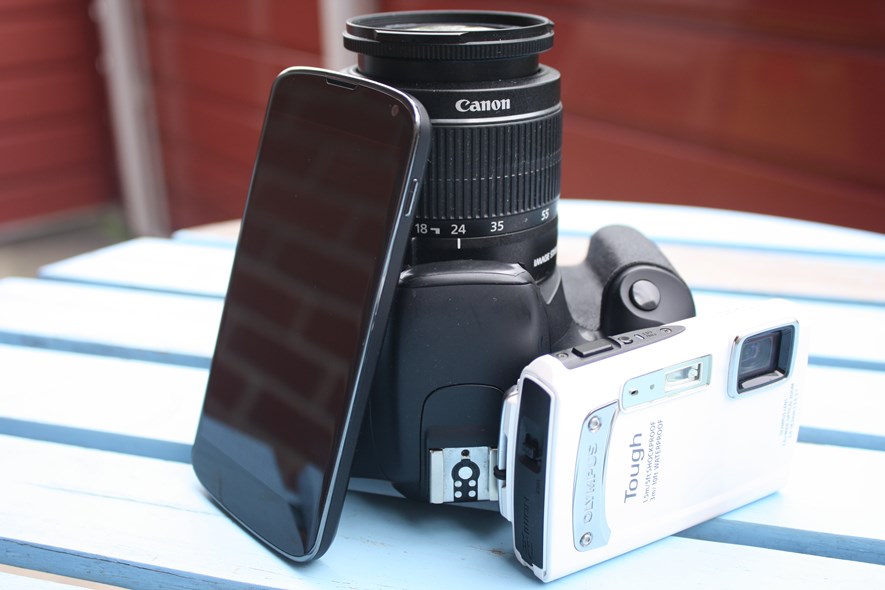
DSLR vs cell phone camera vs digicam
Next up: Apples vs Oranges
I recently picked up the Nexus 4, and it's the first time I find myself really using a cell phone as a camera. Obviously, a DSLR has better image quality, but just how much better? I compared the Nexus 4 to the Canon 600D (AKA T3i) to find out - and also threw in the the compact point and shoot Olympus TG-310 for good fun.
The contestants
Canon 600D/T3i
Good all-round entry level DSLR, which retails for around 500 USD. I will be using the 18-55mm (f/3.5-5.6) kit lens in all tests. Just like a cell phone, the kit lens is light and flexible, and it's what many people use.

The LG Google Nexus 4
Equipped with an 8 megapixel sensor for taking pictures, and a large, bright screen for viewing them. Can be picked up for around 350 USD.

Olympus TG-310
Waterproof and shockproof, but how is the image quality? We'll see how this holds up against the others. It's a bit older and off the market by now, but its (very similar) successor, the TG-320 can be had for around 150 USD, making it the cheapest of the bunch.

Round 1: Subject Isolation
Isolating the subject using a shallow depth of field can be super-useful, especially for portrait shots and when the background is messy. A large sensor and wide aperture is usually needed for the effect.
Person-sized object
Because no one would sign a model release. ;)



Close up
Getting closer usually creates a more shallow depth of field.
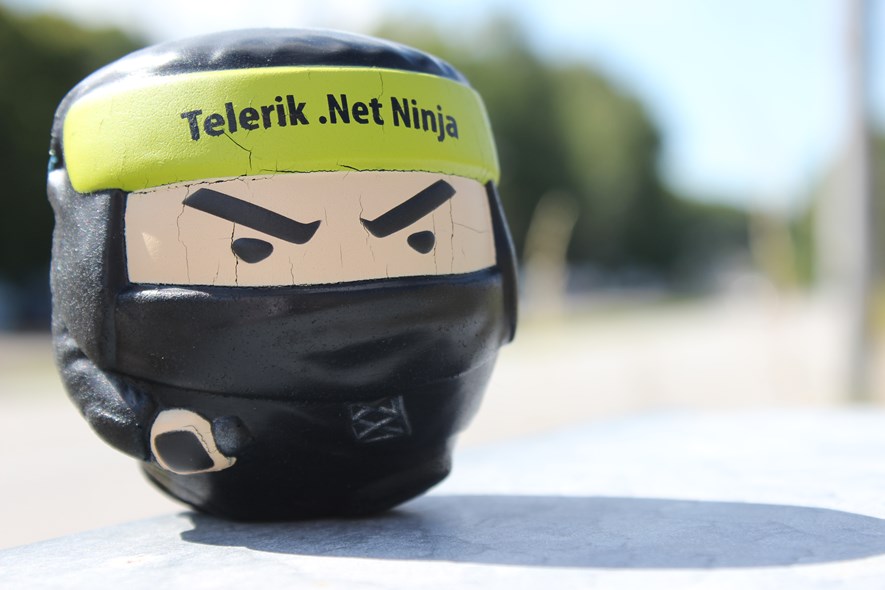
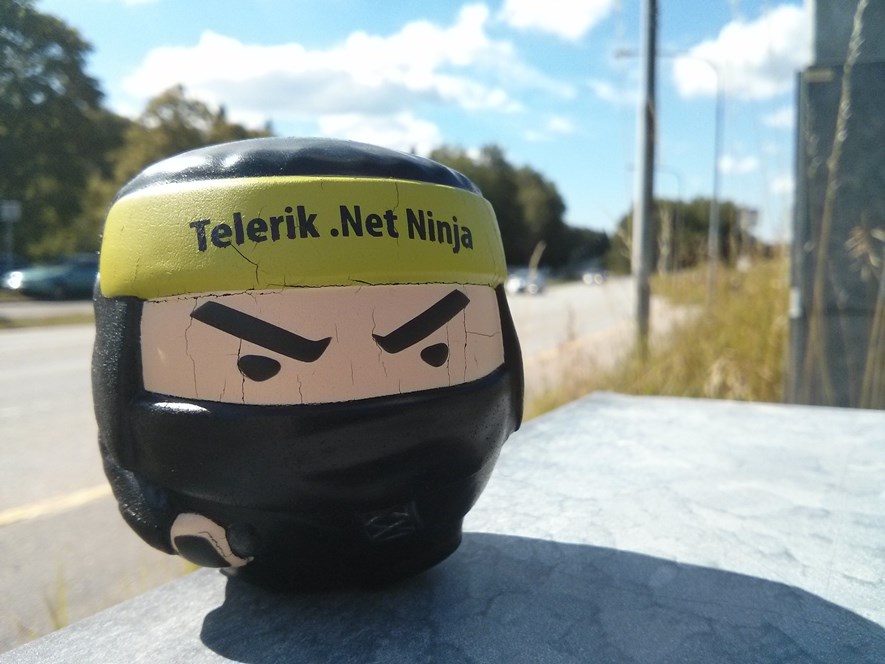
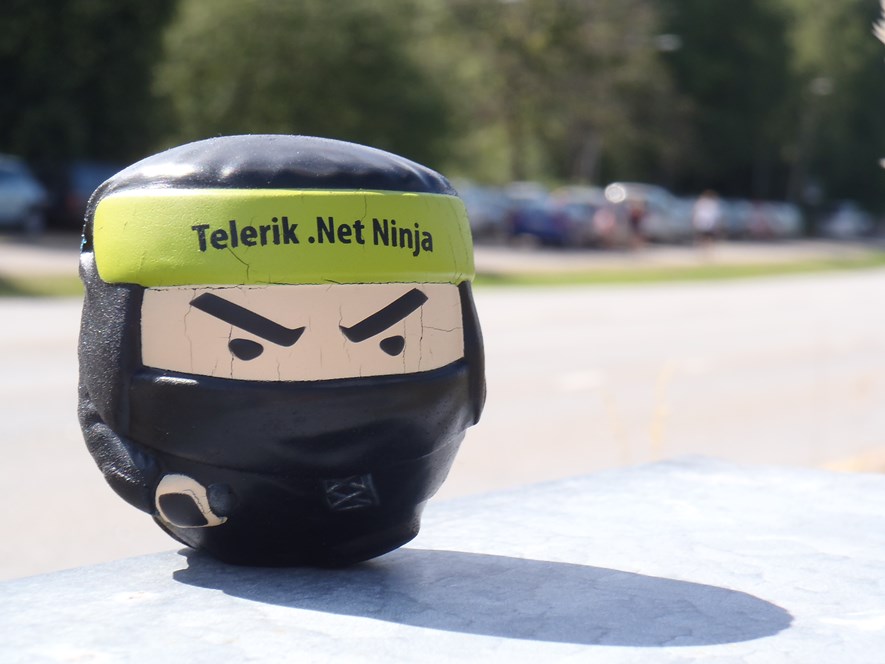
Subject isolation: The Canon is clearly the Bokeh Master - but it needs something better than the kit lens to shine.
Round 2: Dynamic Range
A good camera can capture both dark and bright areas in a scene, without over- or underexposing.
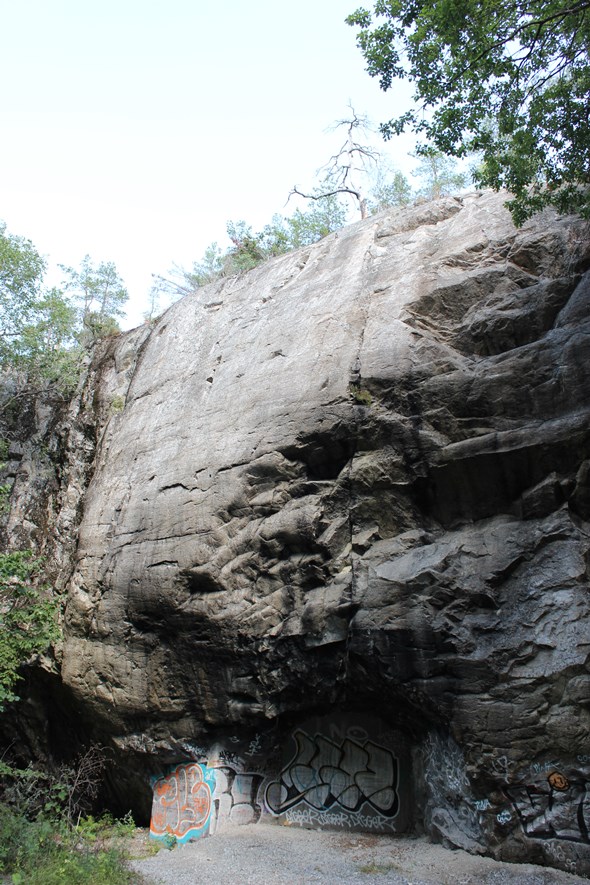
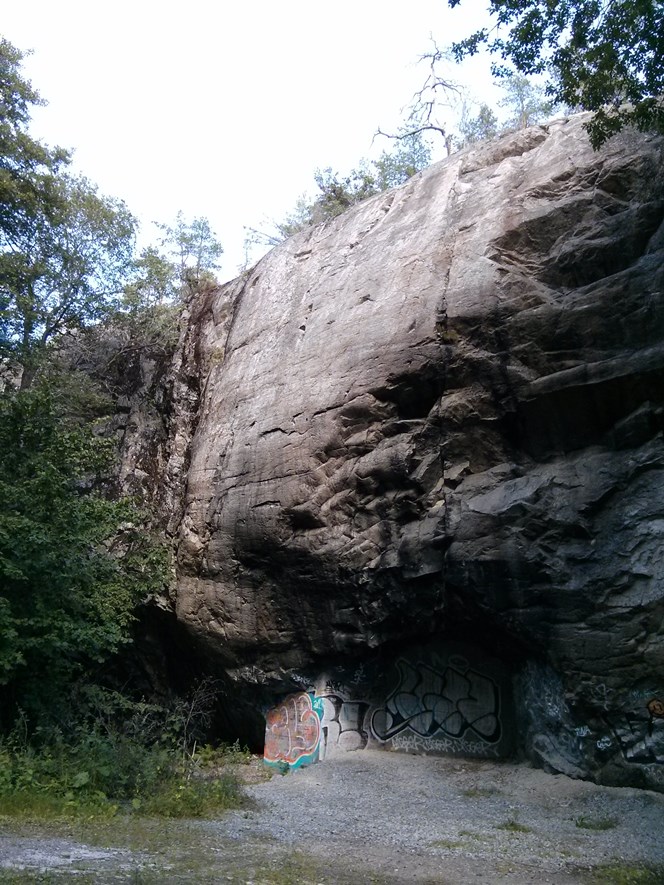
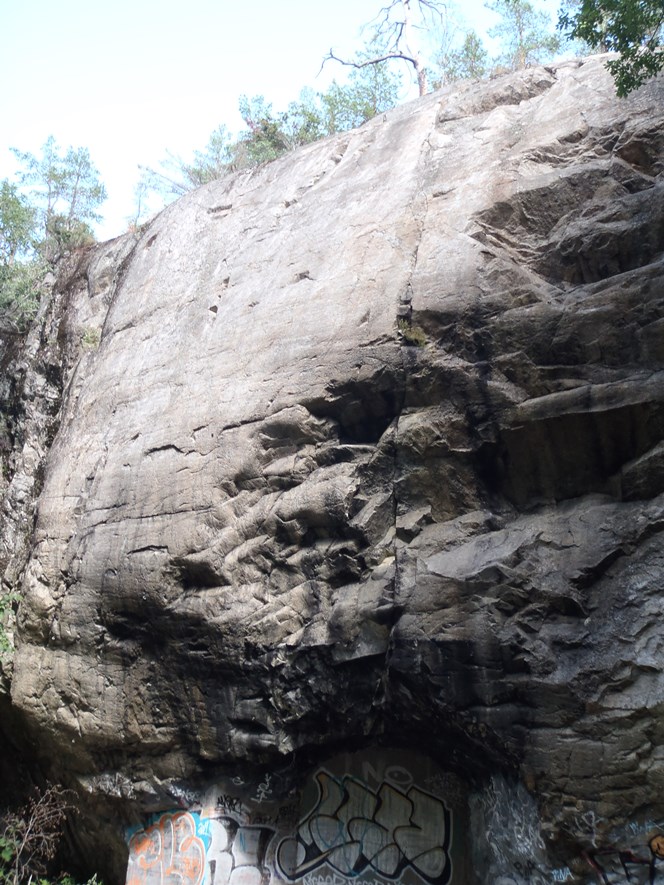
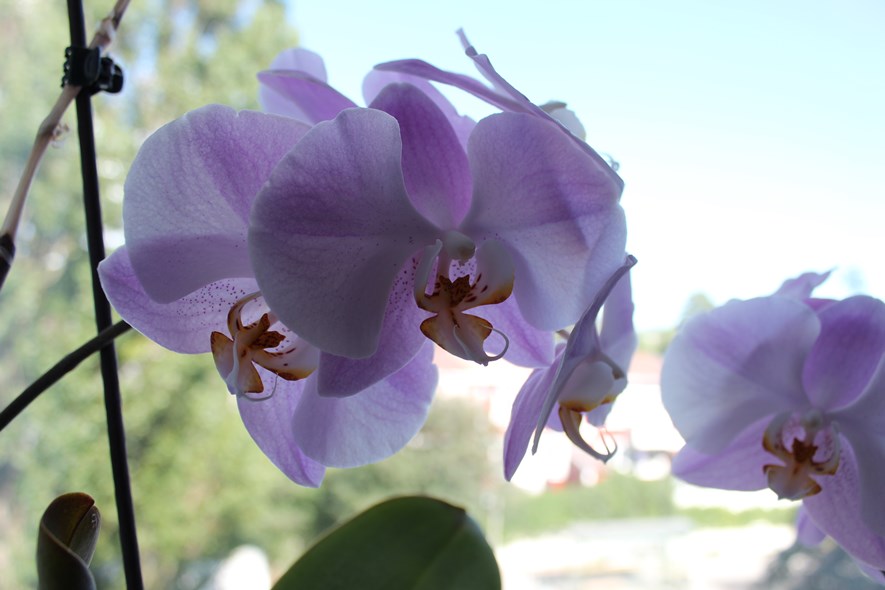
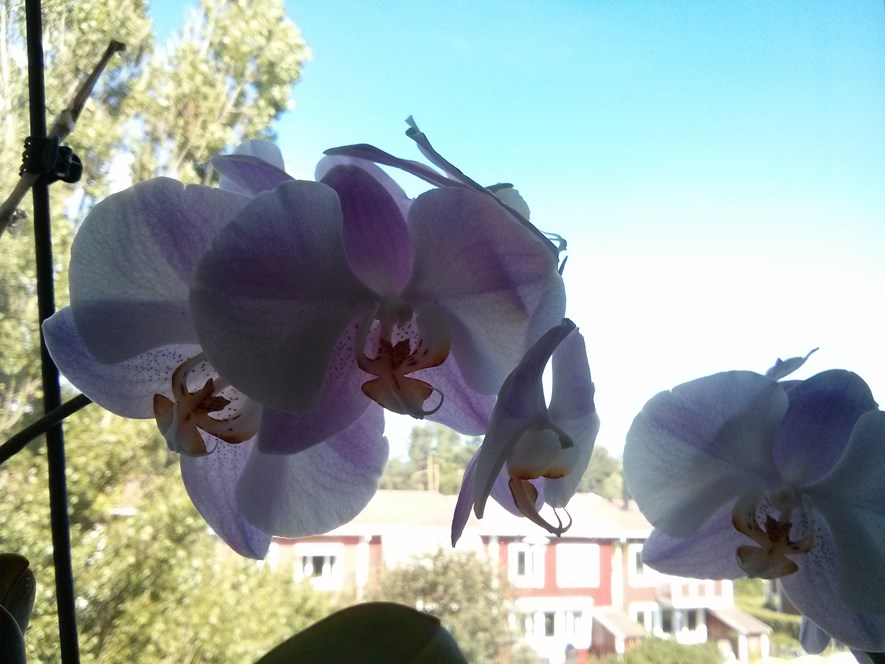
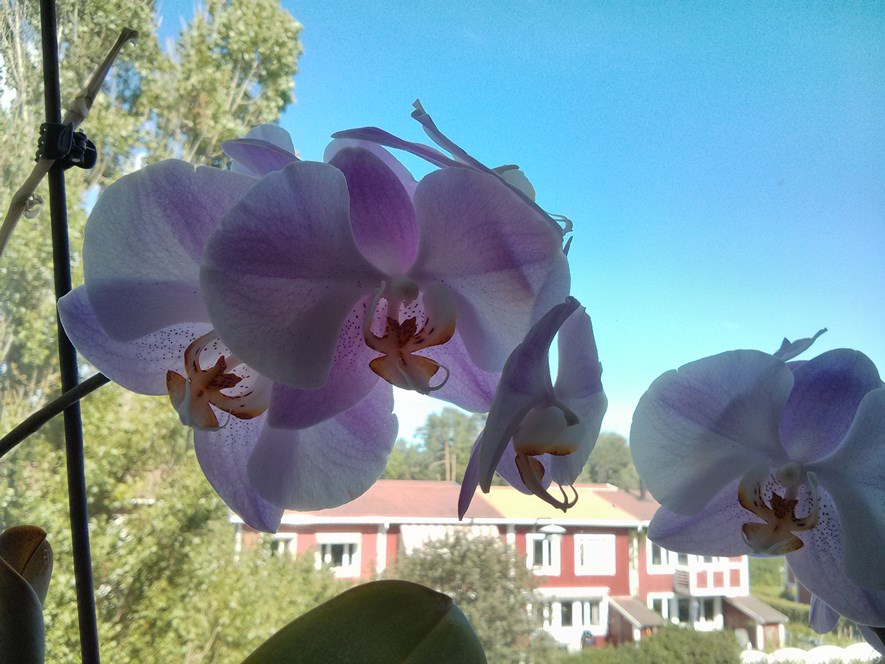
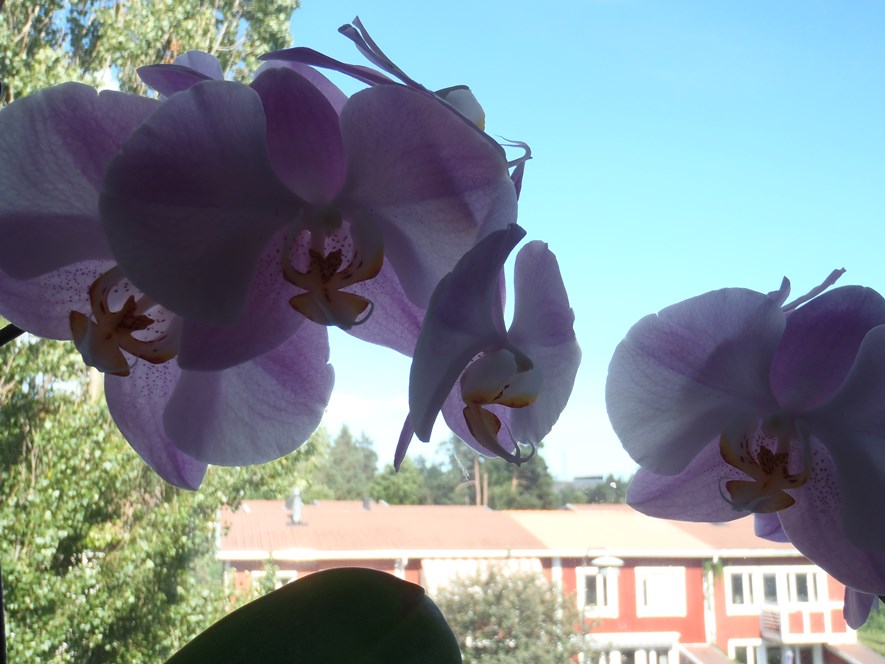
Dynamic range: Interestingly, the Canon did not outperform the other cameras as much as I thought it would. But its exposure generally looks more correct so it still wins in my book.
Round 3: Zooming
Some say approaching the subject is the best way of shooting. However, a zoom is useful in many situations. At the zoo for example, unless you want to get social with the bears.
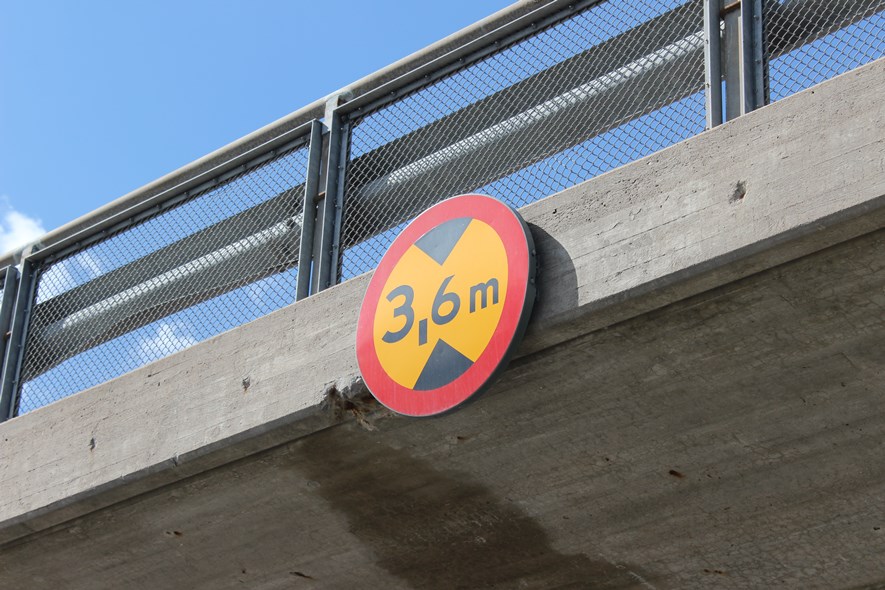
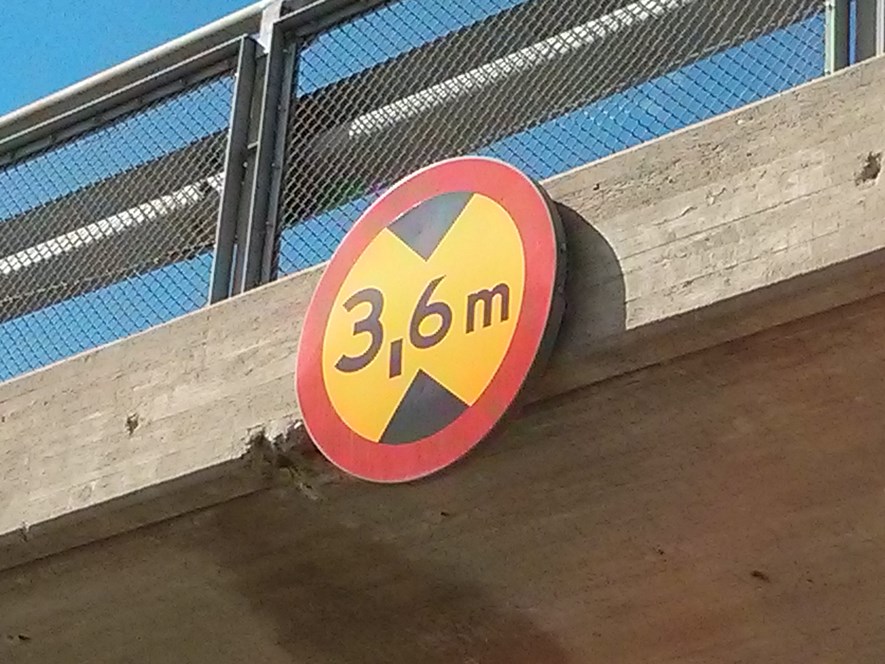
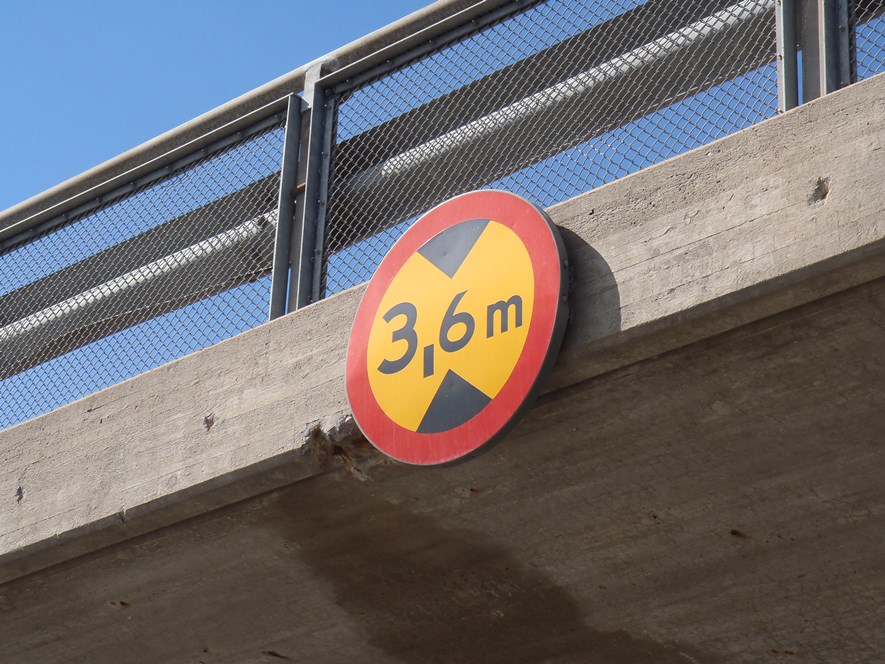
Zooming: Having one is better than not having one. No clear winner, but the cell phone loses this round.
Round 4: Macro
Just how close can you get?
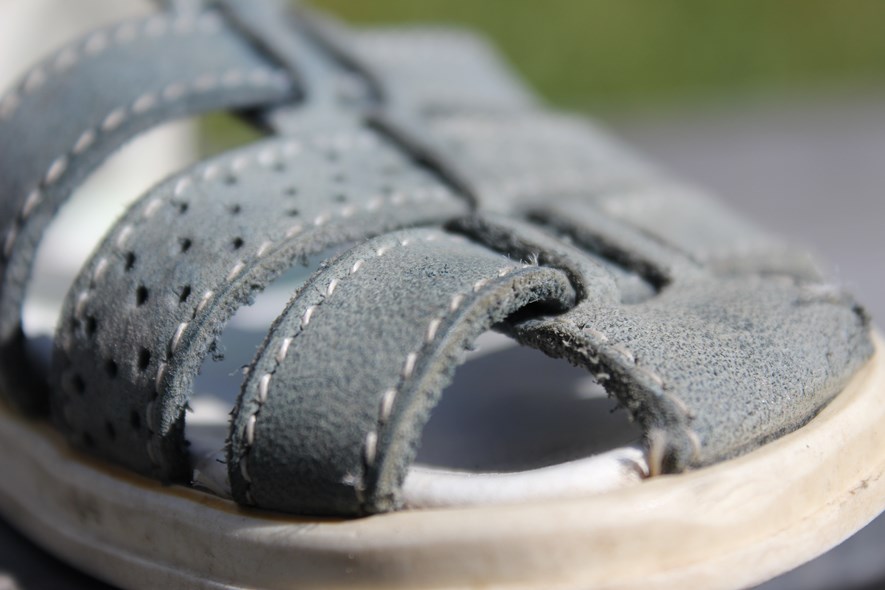
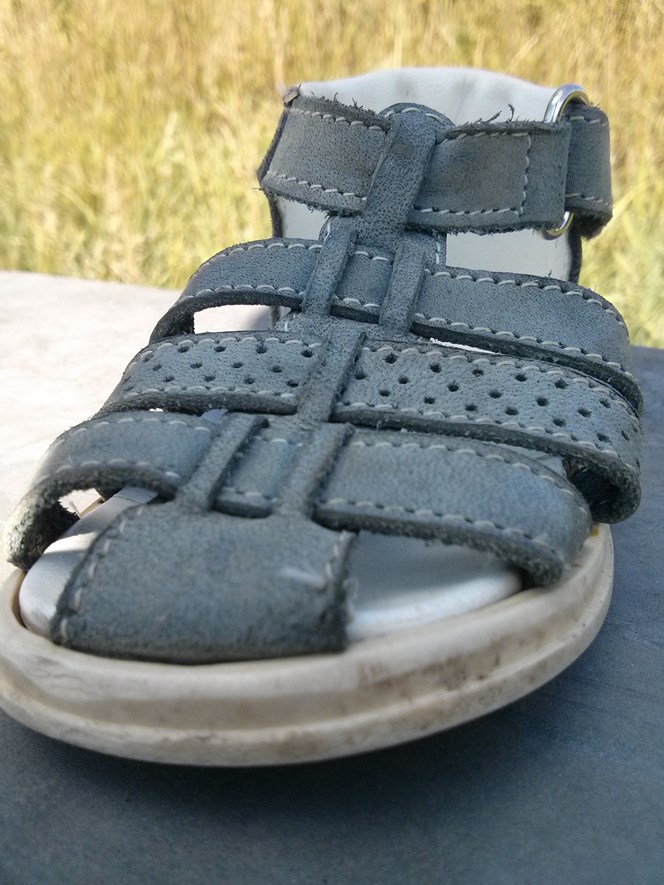
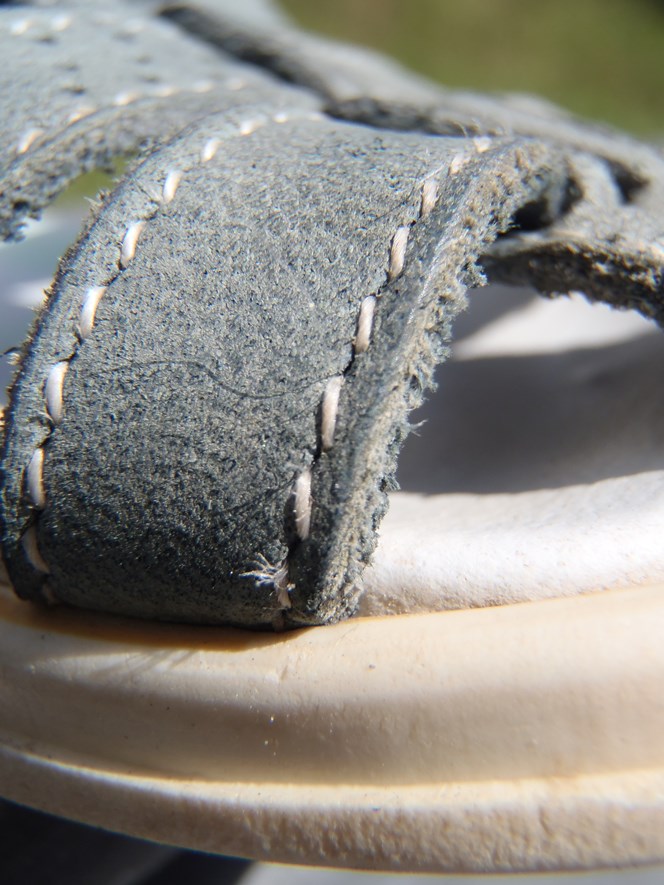
Macro: The Olympus takes this one. The Canon would probably win if it could use a macro lens, but that would be cheating.
Round 5: Low-light
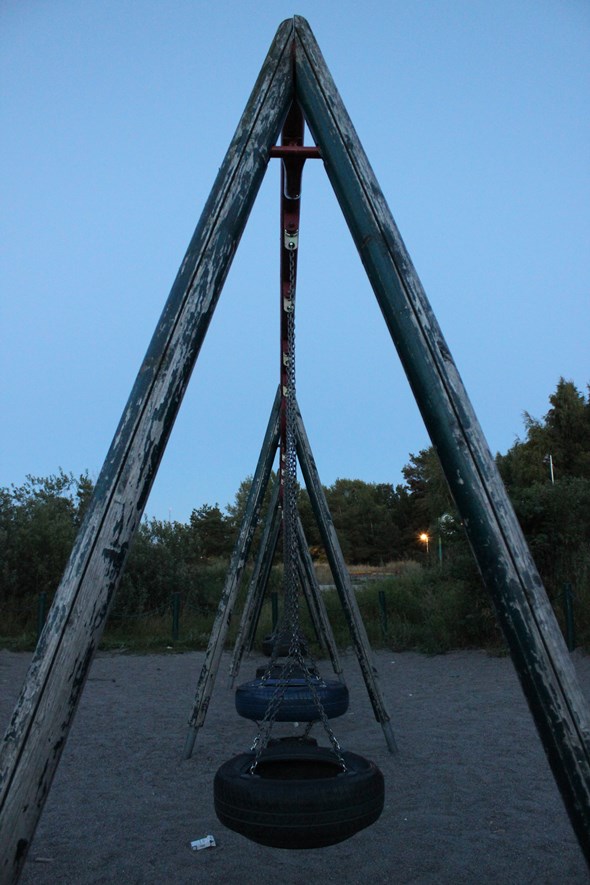
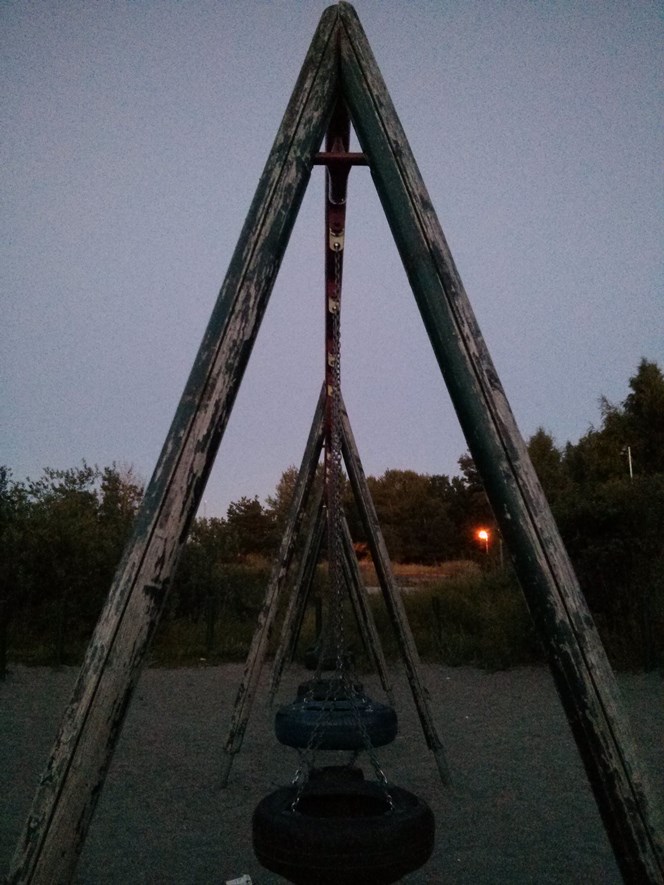
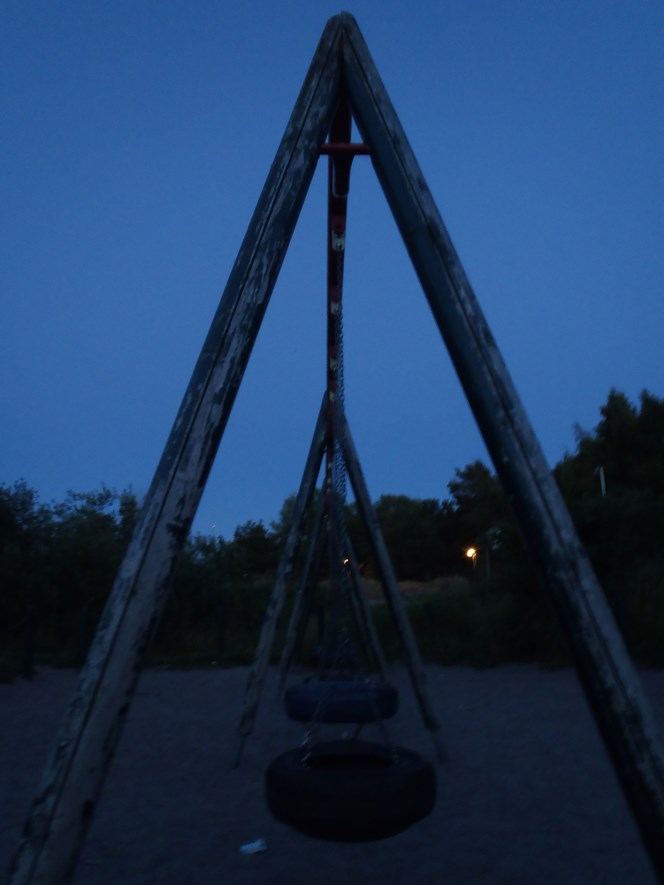
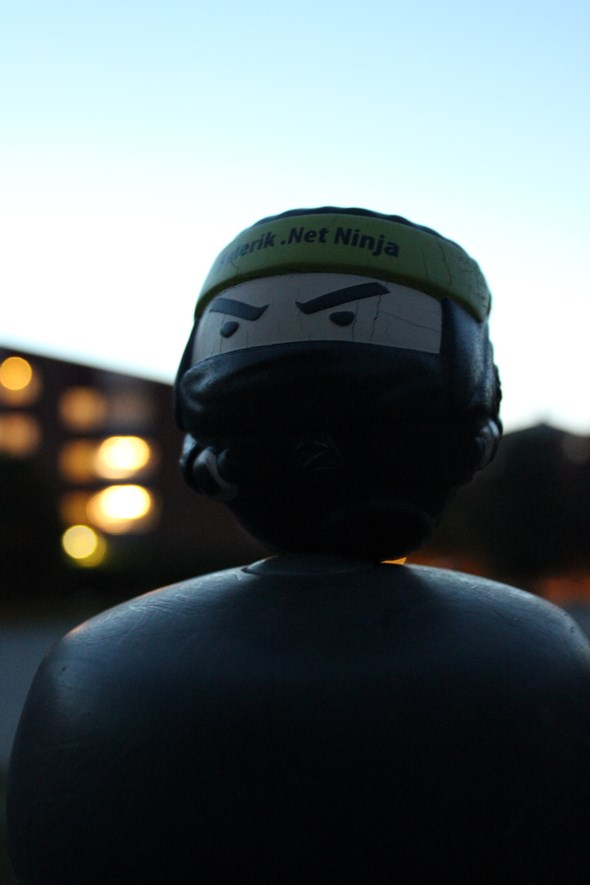
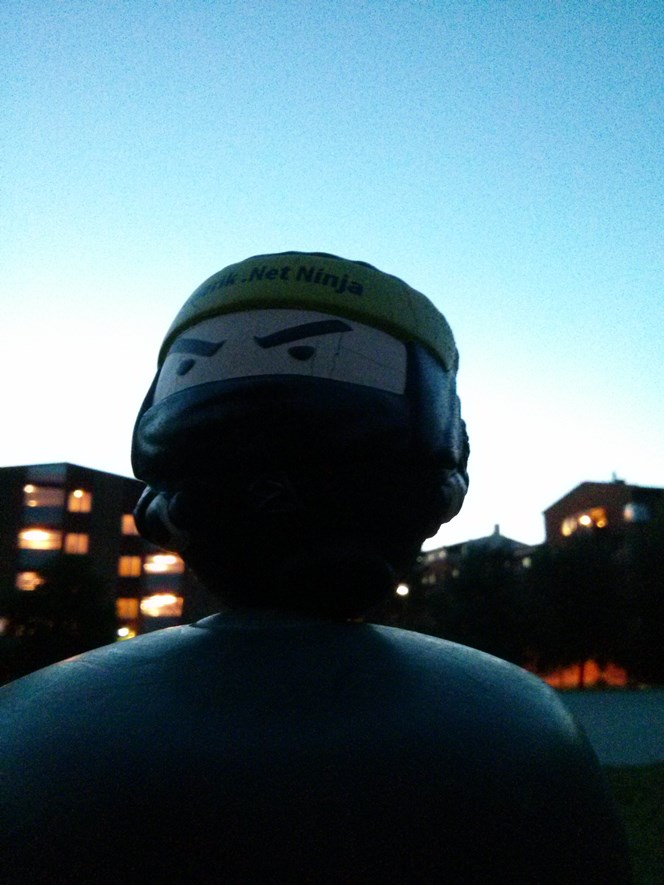
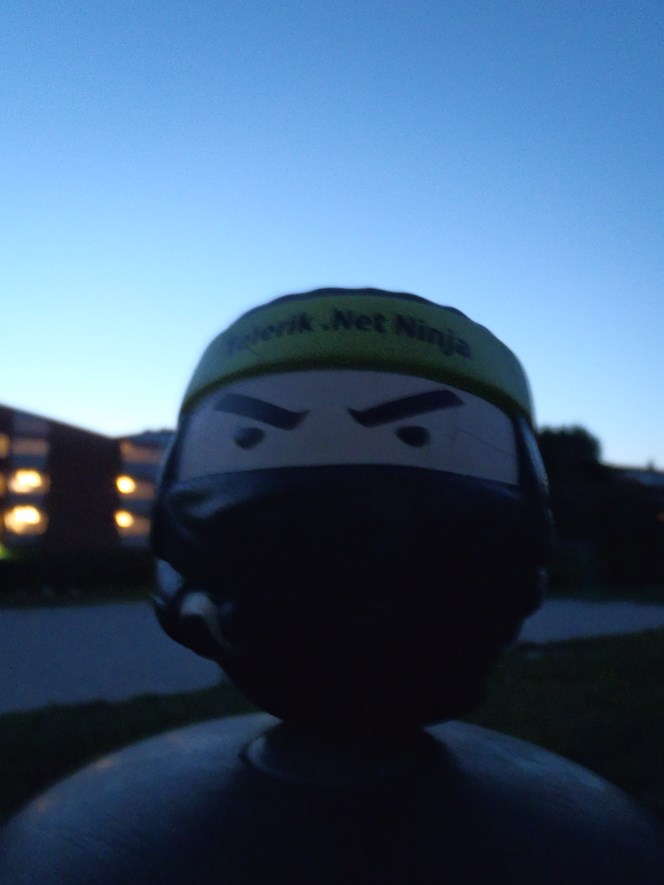
Low-light: DSLRs reign supreme here, with good noise performance and high ISO speeds. But the cell phones are picking up.
Conclusion
To sum it up:
- The DSLR has the best noise performance, dynamic range, highest resolution, and it can create the shallowest depth of field. It also offers a lot of manual control. If it's only about image quality, this is the best choice.
- The compact has an optical zoom which should not be understated. It is also quite cheap and small. As an added bonus, this particular model is 10ft waterproof. However, its mediocre image quality and lackluster low-light performance makes it a poor choice in many situations.
- The cell phone has an image quality comparable to a compact, but it lacks many manual controls, like shutter speed. On the other hand, it's very quick and easy to use. Possibly, its main strength lies in always being with you, and other stuff like image editing apps and sharing.
So while the DSLR still has the best image quality, the cell phones are closer than one might think. Still, using a DSLR is also about being in control, and being able to use the camera with additional equipment like flash guns, tripods, remote triggers - and of course, lenses. But if that's not your thing, a cell phone should be enough in the vast majority of situations.

5 Comments
Subscribe to new comments by RSS